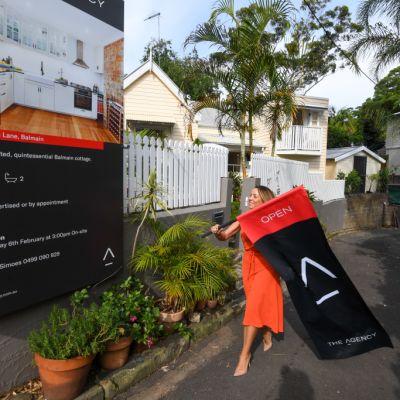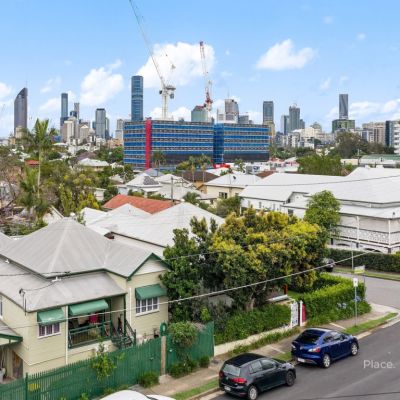This is the capital city where house prices have risen the most in two years, and it’s not Sydney or Melbourne
Brisbane home owners have made more on their properties over the past two years than those in Sydney, Melbourne, Canberra or Perth, new analysis shows, with house prices skyrocketing through the boom and sustaining only small price falls during the downturn.
A Domain property time series tracking median house prices in these five capital cities over the past two years gives a detailed – and perhaps surprising – insight into the differences in movements between them.
Sydney’s median house price in March 2021 was just over $1.3 million, while Brisbane’s was $629,570.
By March 2023, Sydney’s median house price had increased to $1,459,856 – a price difference of $156,071, and Brisbane’s to $805,818 – a price difference of $176,248.
| Quarter | Sydney | Melbourne | Perth | Brisbane | Canberra |
| Mar-21 | $1,303,785 | $980,354 | $592,969 | $629,570 | $930,777 |
| Jun-21 | $1,426,229 | $1,021,489 | $601,927 | $673,903 | $1,008,067 |
| Sep-21 | $1,501,989 | $1,049,524 | $598,928 | $715,776 | $1,054,542 |
| Dec-21 | $1,584,903 | $1,094,364 | $623,151 | $810,484 | $1,166,313 |
| Mar-22 | $1,594,192 | $1,091,033 | $633,762 | $847,374 | $1,142,900 |
| Jun-22 | $1,536,415 | $1,073,364 | $654,916 | $858,511 | $1,174,584 |
| Sep-22 | $1,456,540 | $1,026,712 | $646,164 | $824,095 | $1,073,961 |
| Dec-22 | $1,441,554 | $1,028,133 | $664,324 | $806,802 | $1,073,961 |
| Mar-23 | $1,459,856 | $1,023,116 | $672,177 | $805,818 | $1,047,112 |
| Price difference in 2 years: | $156,071 | $42,762 | $79,208 | $176,248 | $116,335 |
Perth’s median house price is $79,208 higher now than it was in March 2021 and Canberra’s is up by $116,335.
It’s Melbourne’s modest gain of $42,762 in that two-year period that could be seen as surprising, but not when put in the context of the demographic shifts during that time, says Domain chief of research and economics Dr Nicola Powell.
“Melbourne didn’t see the rate of price growth like some other cities did during the pandemic, due to the change in demographics that occurred,” she says. “Lots of people left the city – many moved to regional Victoria – but Brisbane really was the pressure point … all of a sudden the floodgates were open from Melbourne.
“I’d say these last two years of price movements are really showcasing the impacts of the demographic shifts we saw with people moving to regional areas and Queensland. This was a result of the changes to the way we work; being able to work from home, people reevaluating, asking themselves, ‘What to I want?'”
Powell says comparing Brisbane and Melbourne’s results side by side reveals an “extraordinary gain”.
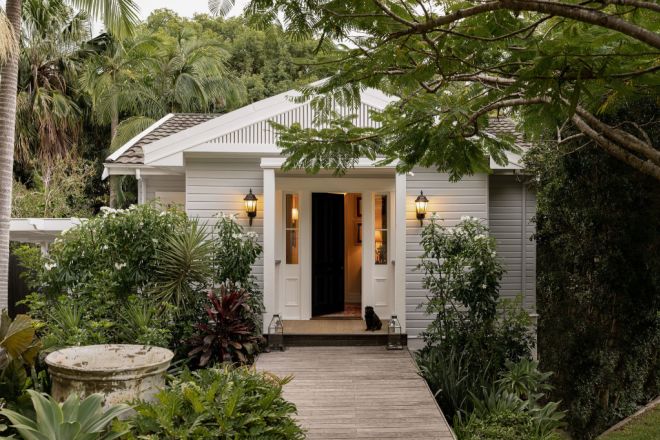
“I think if you were a potential first-home buyer in Brisbane you’d be thinking, ‘I wish I’d bought two years ago,'” she says.
“Not being part of that capital growth change that’s occurred in Brisbane will be a real kick-yourself moment.”
Brisbane’s median house price peaked at $858,511 in June last year – by that point, Sydney and Melbourne prices were already falling – and has since dropped to $805,818.
But Domain’s latest House Price Report shows Sydney prices are back on the rise, and Brisbane and Melbourne’s have stabilised, indicating a recovery is underway.
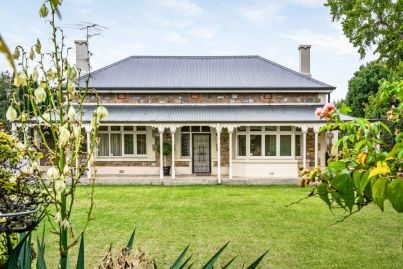

Judi O’Dea of Ray White Paddington is not surprised by Brisbane’s resilience during the downturn.
“There’s a lovely feeling of optimism and wealth. It’s only the beginning for Brisbane,” she says. “But it’s not just a feeling. This is tangible. This can be backed up by facts and figures and the wealth that’s being created by the people already entrenched here but also the people who are coming here.
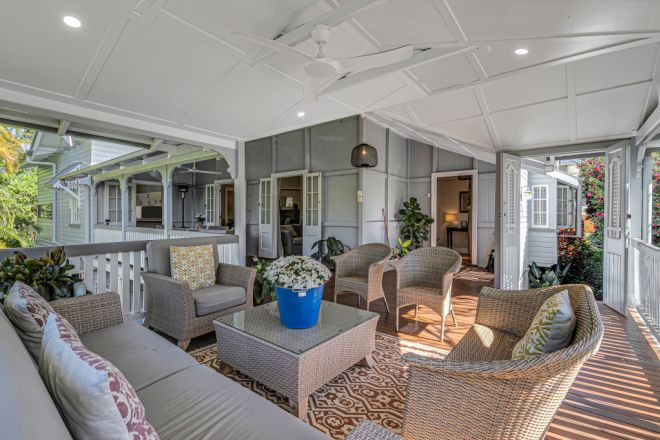
“We know there are 150,000 [people] coming across the border every year and having a huge impact. They want a more sophisticated city, they want more sophisticated housing, they’re used to auctions and wheeling and dealing – and they are changing the landscape of property here.”
Christine Rudolph of Ray White New Farm says despite the substantial price rises, Brisbane remains attractive because of its relative affordability.
“Prices have risen but Brisbane will sustain that because the price disparity between here and other capital cities like Sydney is still so massive,” she says.
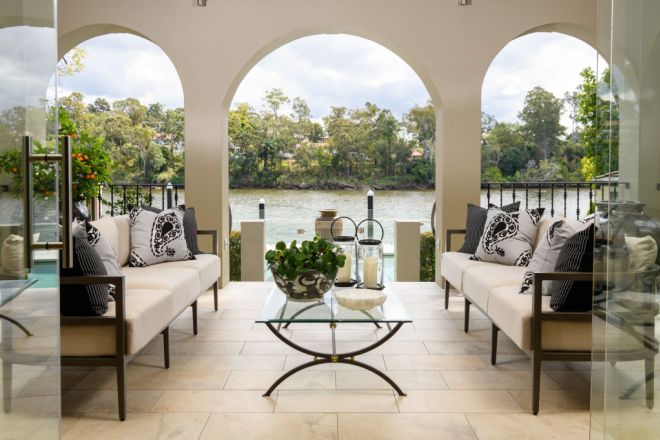
“There is still so much demand here and so little for sale. One of the greatest challenges we’ve had this year is that there are people who’d like to sell but because there’s a critical shortage of stock on the market, they’re fearful of listing, simply because they’re not confident there’s going to be a property there for them to buy.”
Demand from buyers remains strong, Rudolph says.
“We haven’t really been impacted by rising interest rates because most people transacting in the current market have seen significant uplift in equity over the past couple of years,” she says.
We recommend
We thought you might like
States
Capital Cities
Capital Cities - Rentals
Popular Areas
Allhomes
More
